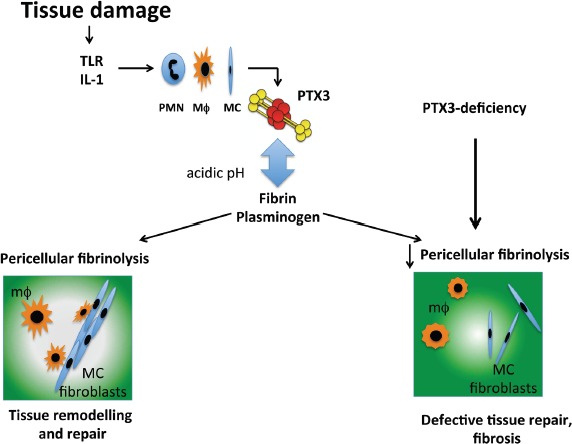Figure 1. Schematic view of the role of PTX3 in tissue repair.

After injury, PTX3 produced by neutrophils (PMN), macrophages (MΦ) and mesenchymal cells (MC), interacts with fibrin matrix and plasminogen sustaining pericellular fibrinolysis by tissue remodelling cells and contributing to an appropriate tissue repair. The acidic pH, which occurs in the first phases of the tissue repair process, governs the interaction between PTX3 and fibrin and plasminogen. PTX3-deficiency is associated with impaired pericellular fibrinolysis and collective migration of remodelling cells, followed by increased fibrosis and defective tissue repair.
